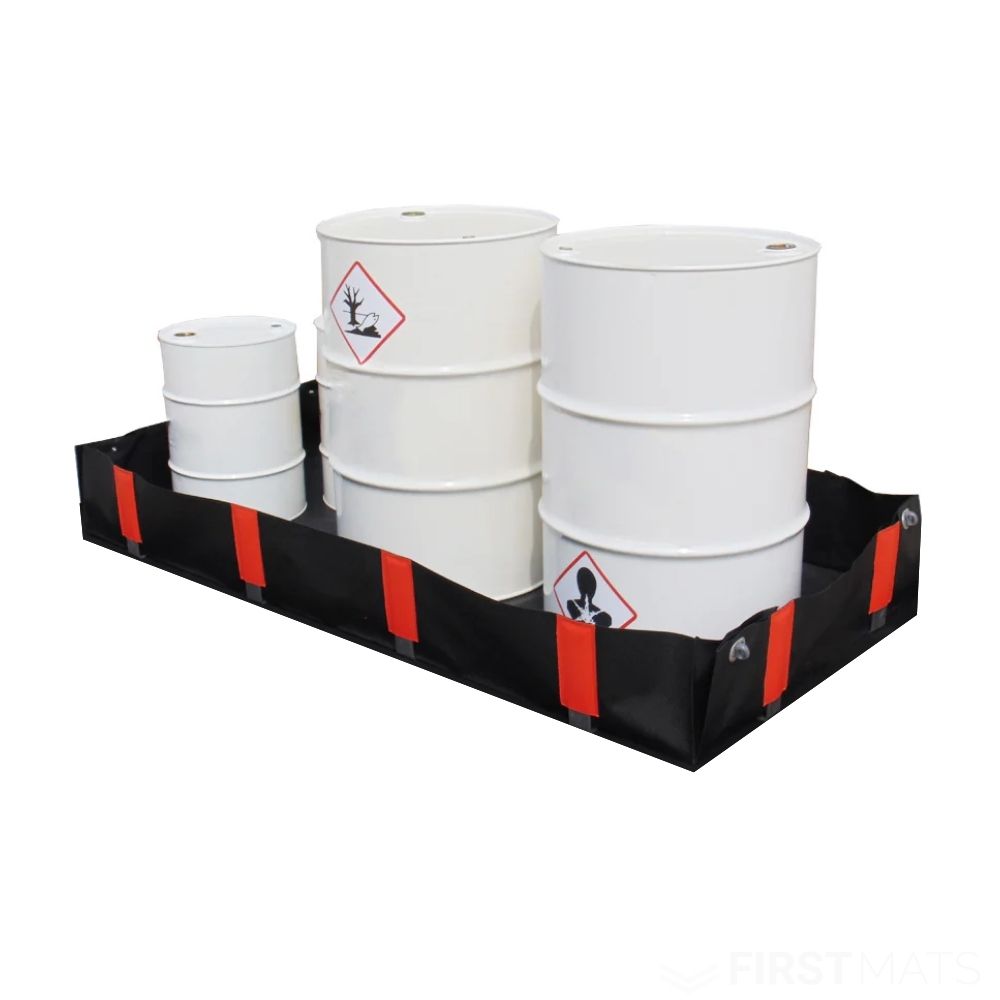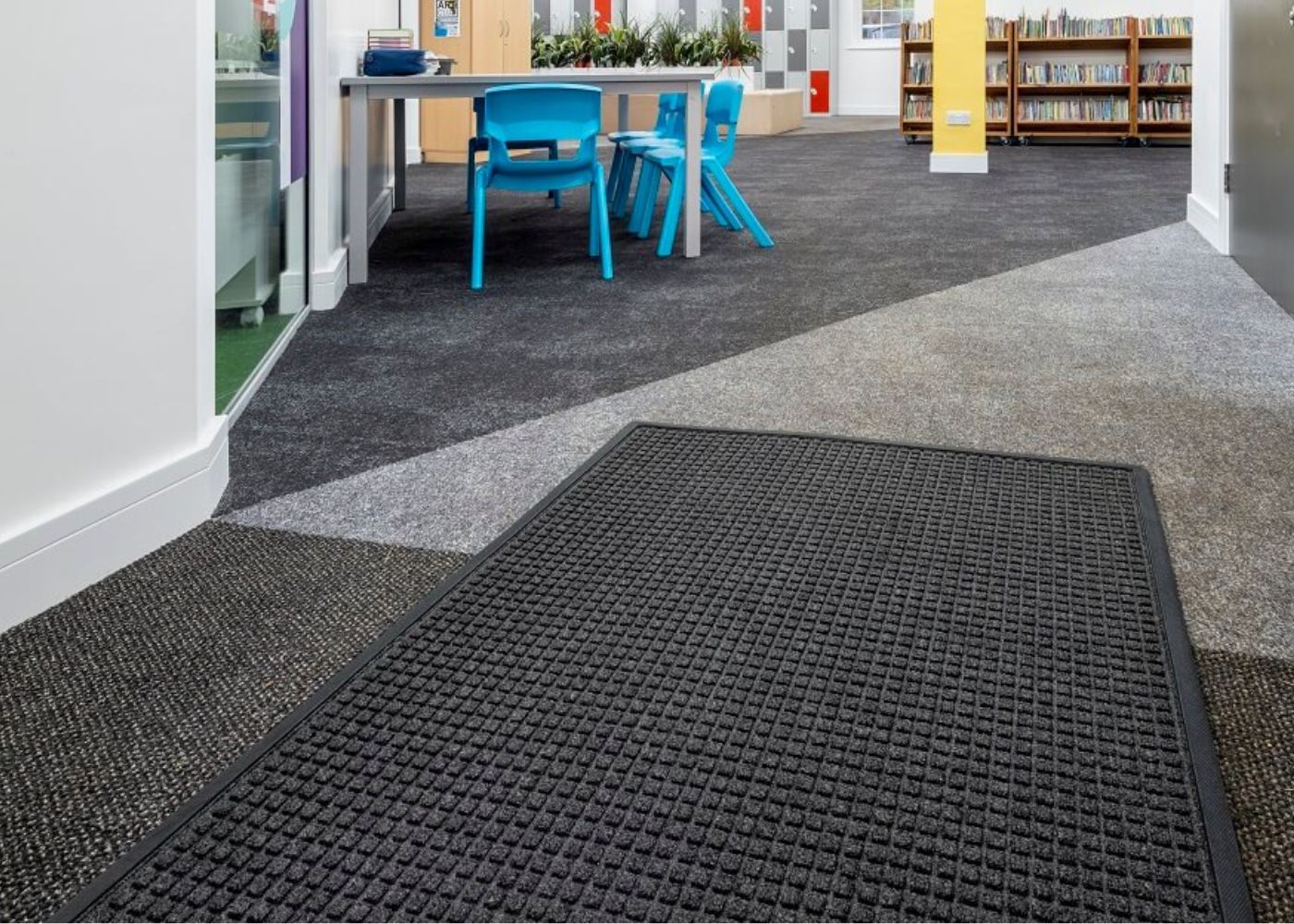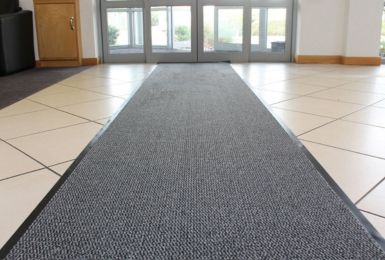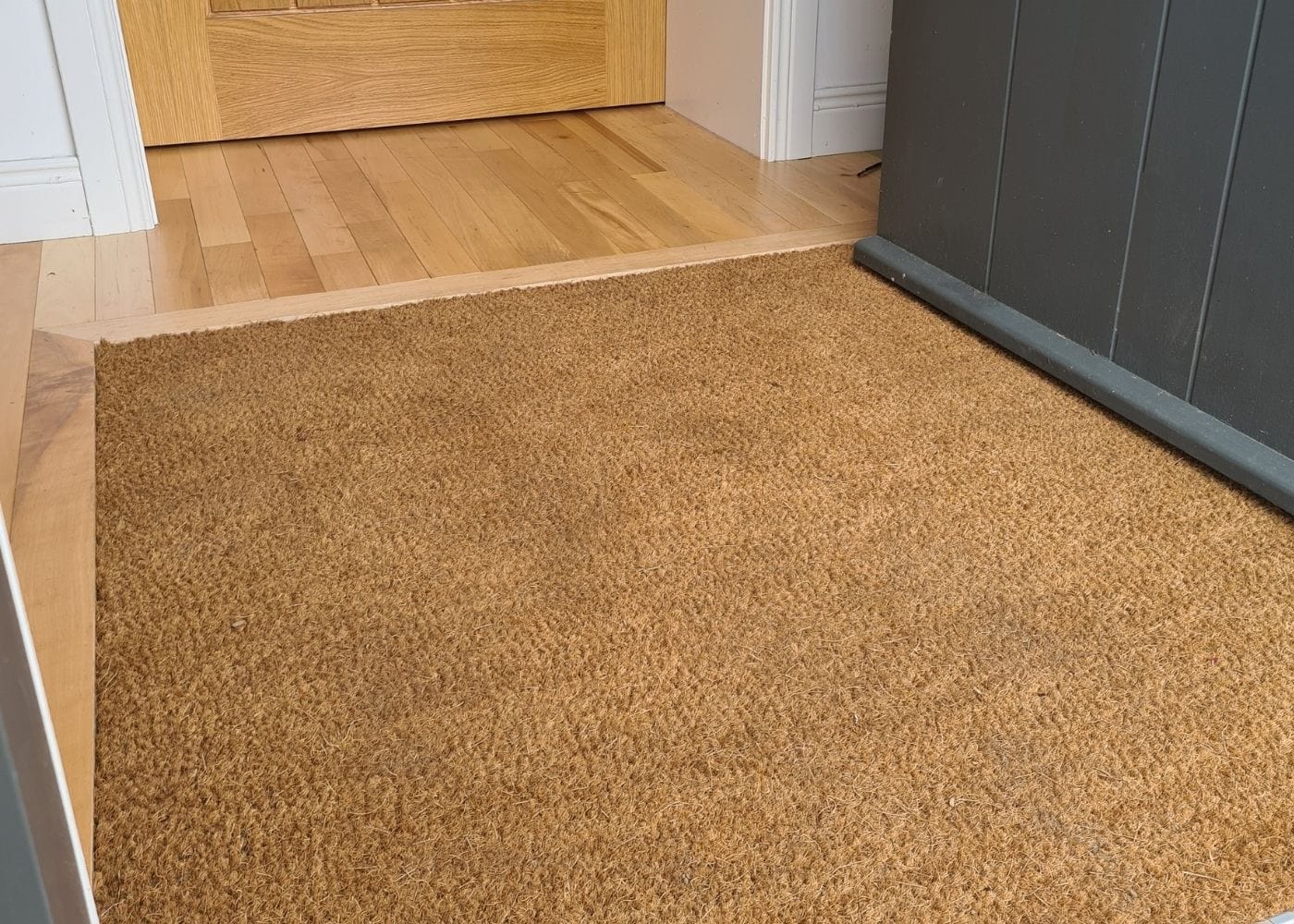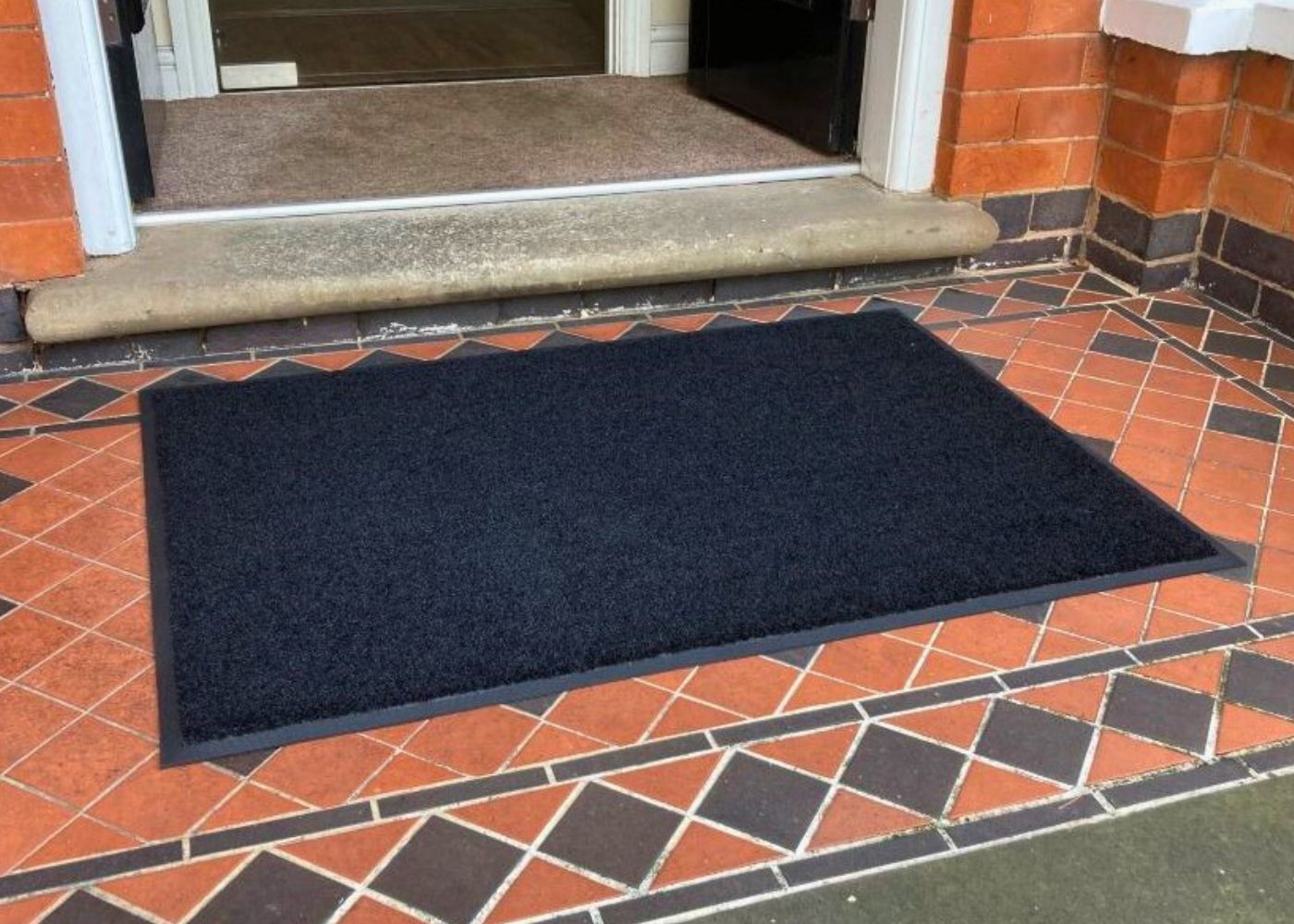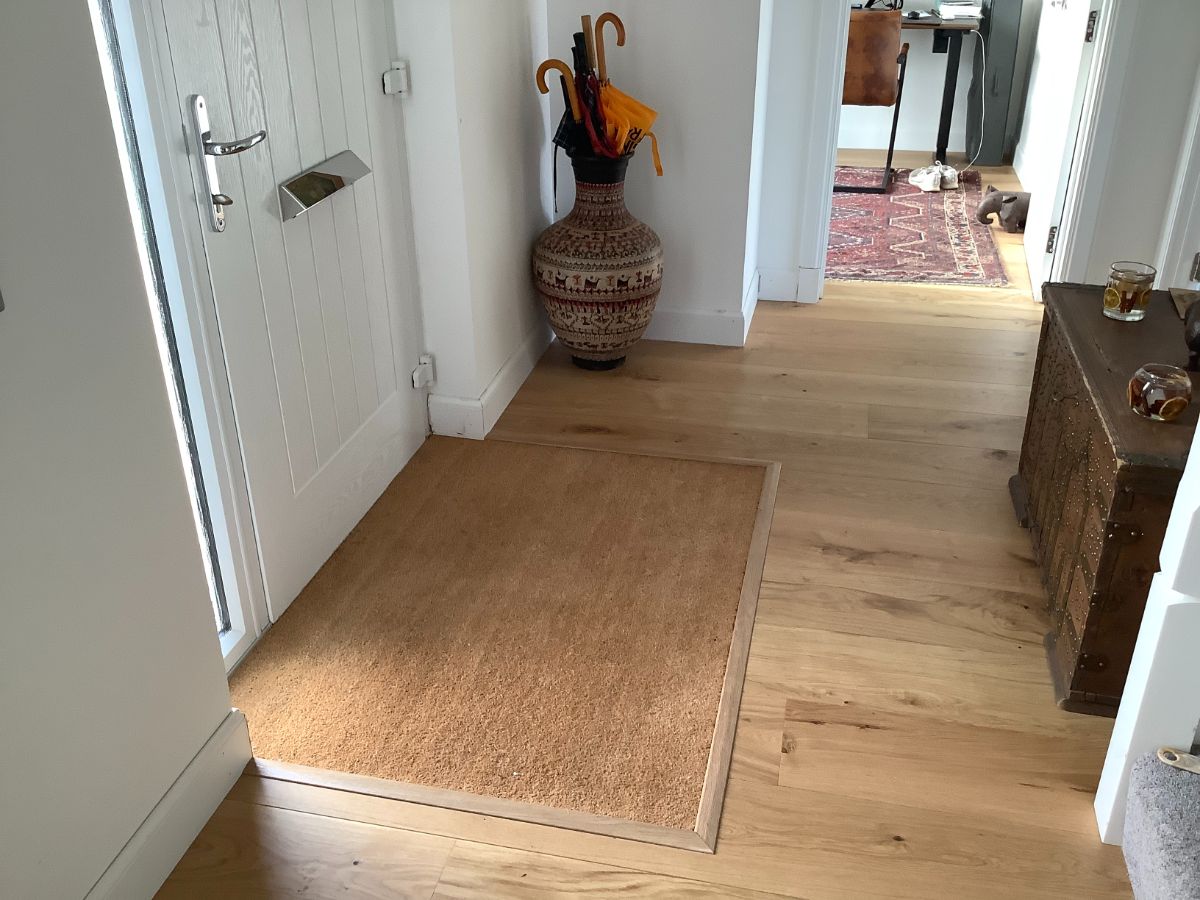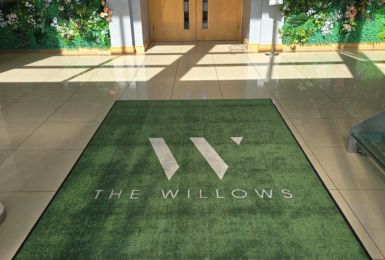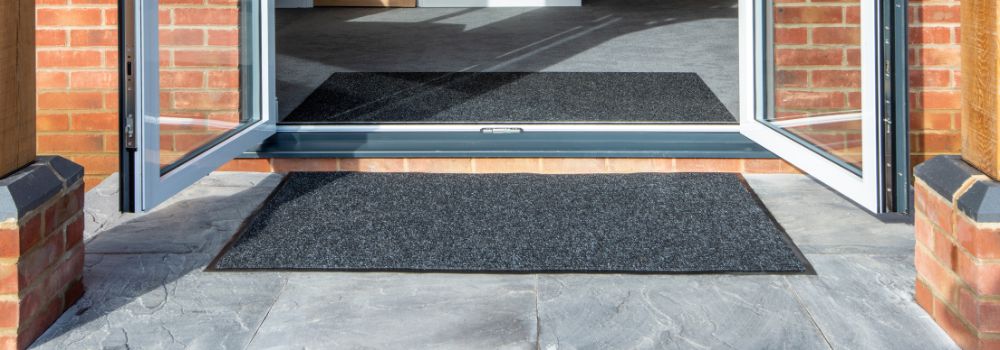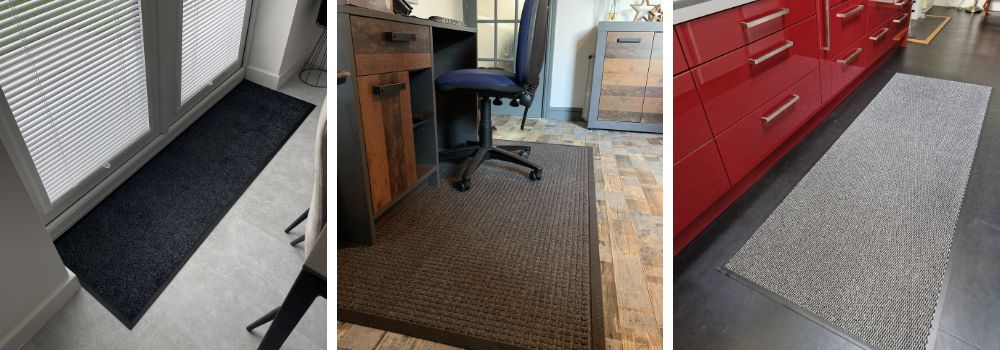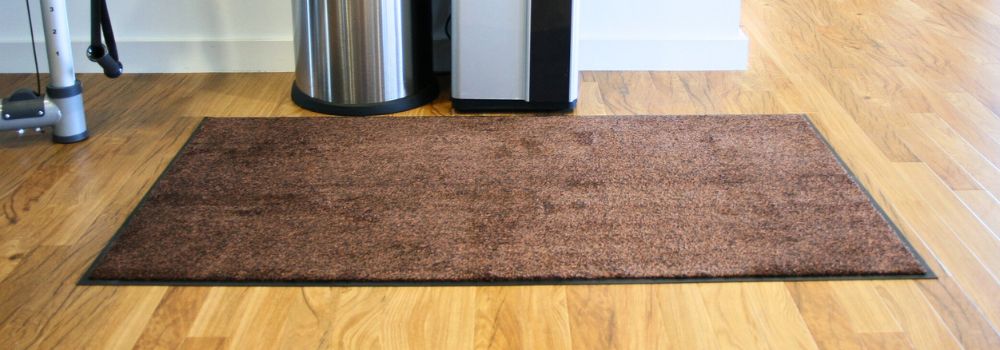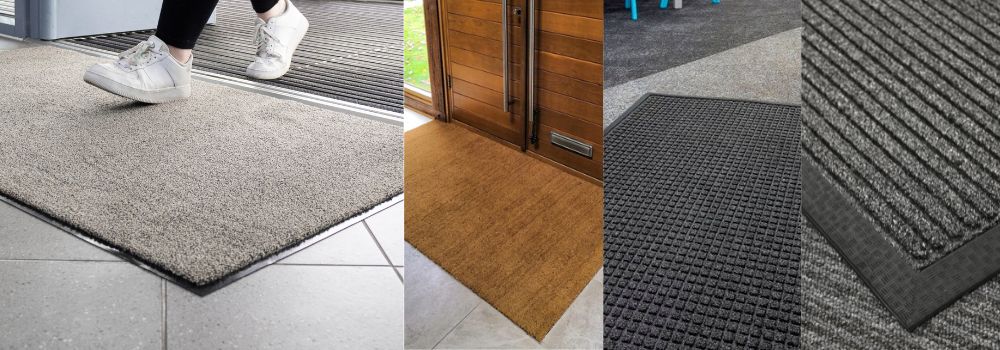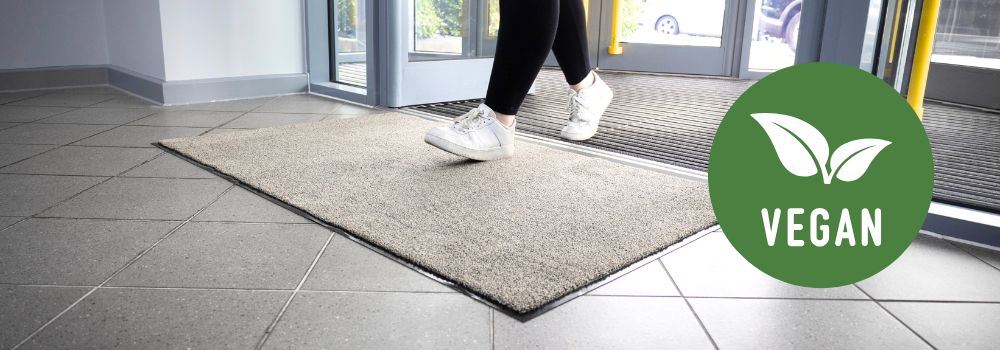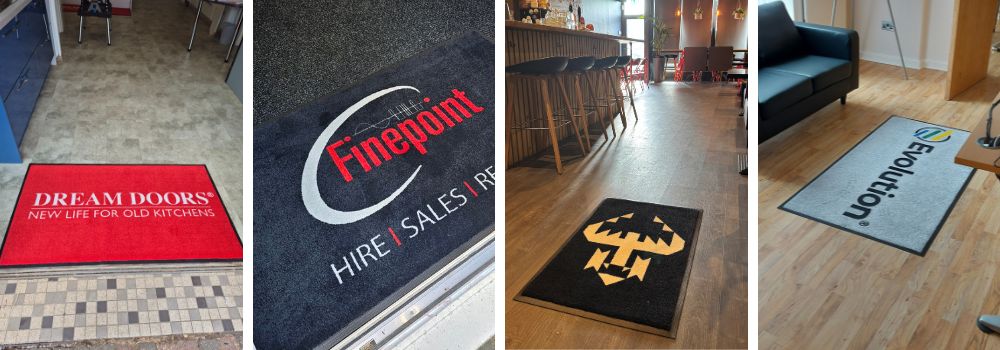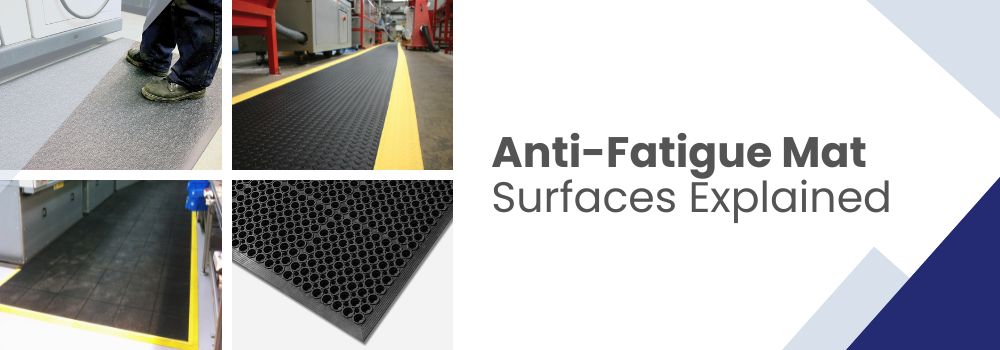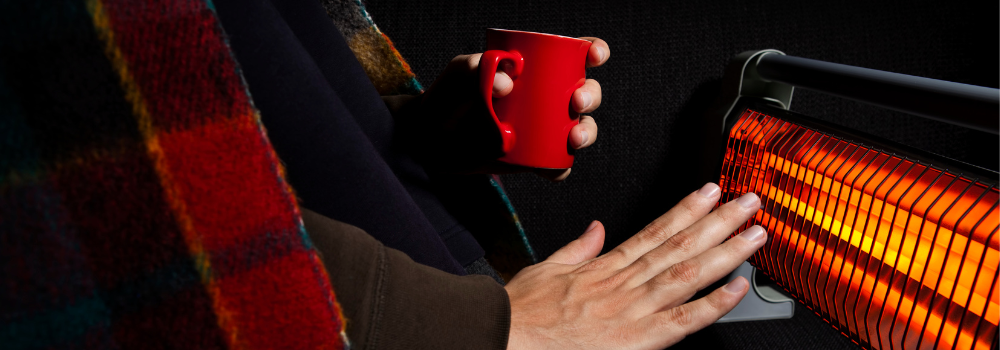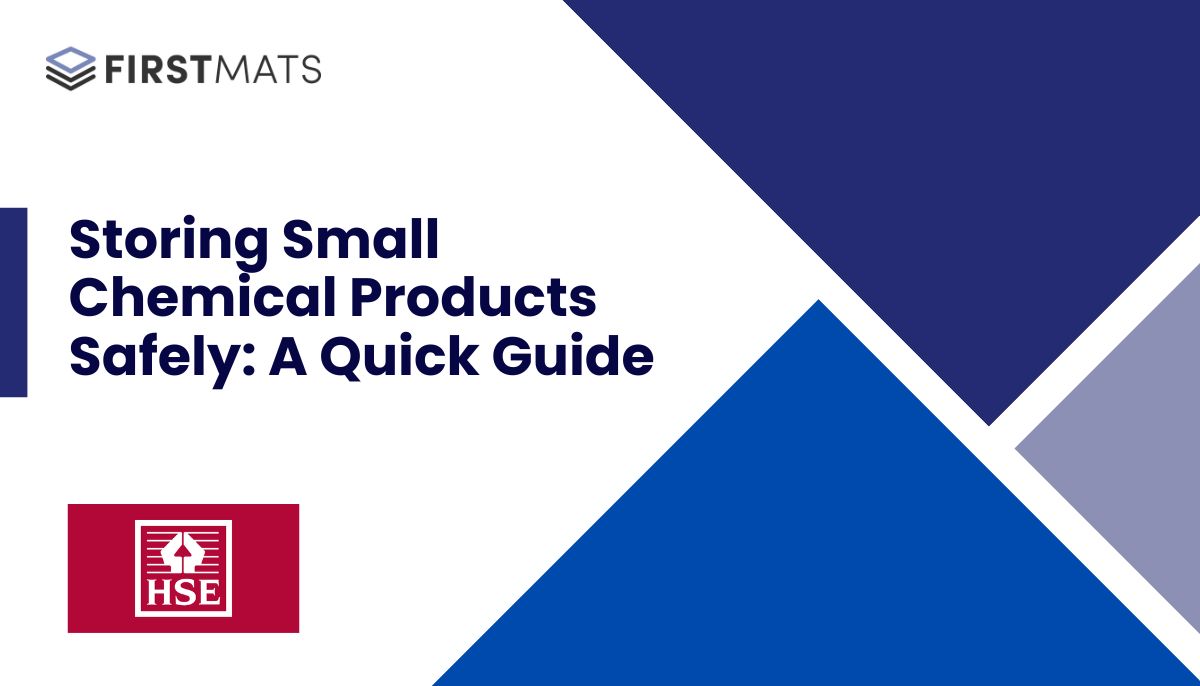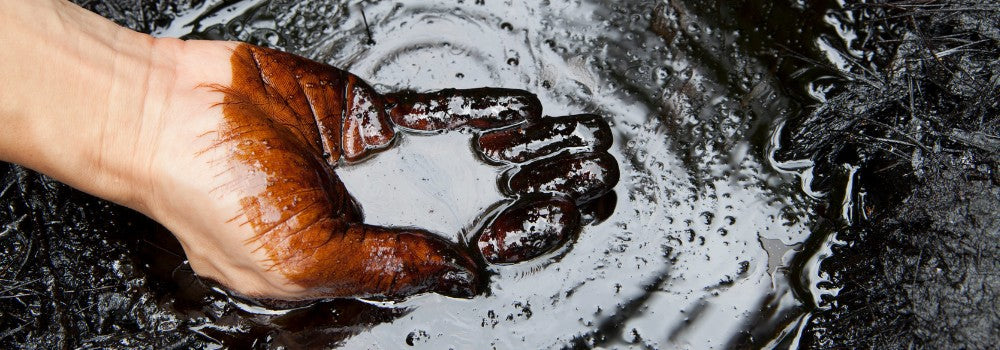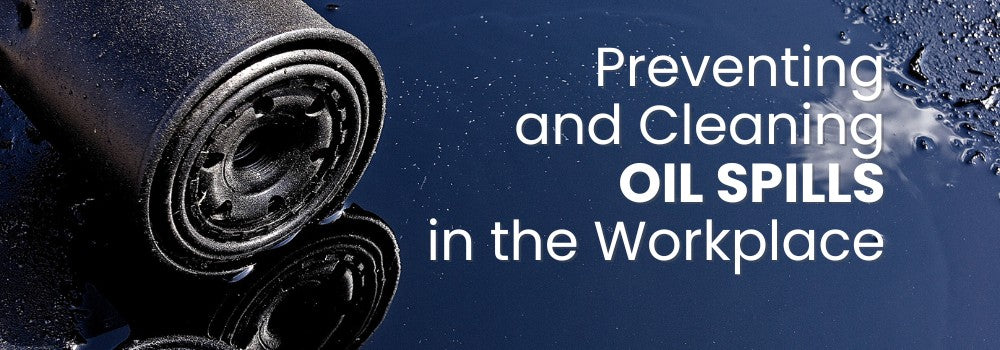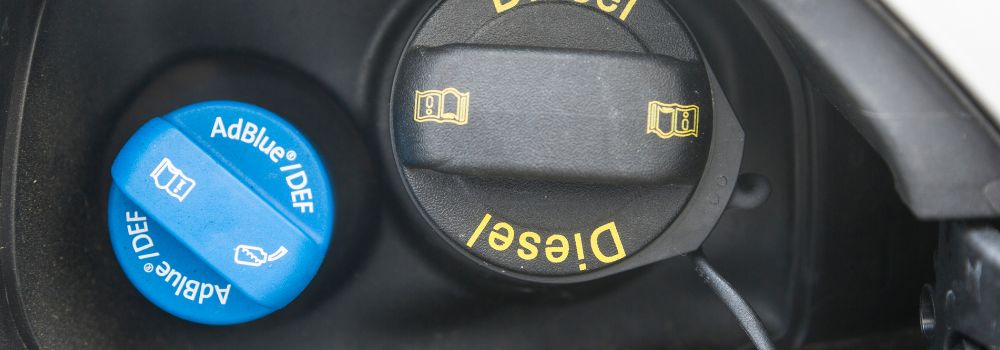From Nut to Mat - How Coir Matting is Made

by Richard O'Connor
May 24, 2024 | *5 minutes to readDoor mats might not stand out as being the most obvious product to boast an interesting manufacturing history, but the truth of the matter is that coir matting is produced in a fascinating fashion. So, while you may be aware of the many benefits that they can bring to your home or business, gaining a little background insight can be very useful too.
Coir comes from the outer husk – that you won’t see in the supermarkets - of a coconut, which is incredible enough. However, the material (obviously) doesn’t instantly become a doormat once it is scraped from the coconut. It embarks on an epic journey before reaching your doorway.
From nut to mat, here’s all you need to know about this special material and commercial door mat material.

A Few Facts About Coir Matting
Before looking at the manufacturing processes, there are a number of interesting facts relating to the properties of the material. They include;
- The name coir comes from ‘kayar’, which is Malaysian for ‘cord’.
- Coir matting is popular throughout most of the western world.
- Coir usage can be dated back to the 11th century, albeit for rigging rather than commercial doormats.
- Coir matting is 100% organic and fully biodegradable.
- Coir matting is the thickest and most resistant of all commercial natural fibres.
- Coir fibres can be up to 35cm long.
- 100 coconuts can produce up to 1kg of coir.
- The vast majority of coir matting coconuts come from India and Sri Lanka.
- There are two types of coir, white and brown. Brown is the type used for coir matting.
- The brown coir used for doormats can also be used in sacks, packaging, brushes, and mattresses.
For these reasons and so many more (not least the value for money), coir matting is often the preferred choice of door mat material for businesses and homeowners alike.
While the history and properties of coir matting are interesting enough, the manufacturing process is where it truly stands out as an incredible material that can benefit your business for years to come.
How Is Coir Matting Made & Designed
Here’s how the inedible husk of the coconut can be turned into a product that can sit proudly on the floor your doorway in just six easy steps.
#1. A machete is used to cut the coconut, separating the edible fruit seed inside from the husk that will later become the coir matting. This process is called de-husking, and will usually take several hits before the two parts of the coconut are successfully separated.
#2. Once fully separated from the coconut fruit, the coconut husk is left to soak in water to encourage the production and growth of bacteria, which will then eat away at the coconut husk until only the raw coir is left behind.
The raw coir material is a combination of coir fibres and coconut dust (coir pith). The latter cannot be used in the manufacturing of doormats (or other coir products), instead being separated and used as a fertiliser mulch.
#3. The coir is placed into a machine that spins the material inside a rapid-rotating drum while sharp steel bars repeatedly beat the material until the impact from the metal causes the fibres to significantly loosen up.
#4. Once loose enough, the coir fibres are transferred to a slower-moving rotational drum. This process is used to separate individual fibres depending on their length.
Only the medium length fibres are used for coir matting. The smallest fibres aren’t big enough or durable enough, which is why they are used for mattresses and similar items instead. Conversely, the strongest, longest fibres are used for rope.
#5. The separated mid-length fibres, which are deemed the most suitable for doormats, are collected and grouped together in preparation for the design process.
#6. The coir fibres are assembled into various shapes, sizes, and designs. They may also be coloured to give those unique designs, which could range from promoting a simple welcome message to displaying the brand logo or the name of a specific product.
From there, the coir matting is delivered to you and will be ready to be used with instant rewards. Who would’ve thought such a vital product could start from such humble beginnings?
How Long Does The Process Take
Given that the coir matting is made from 100% organic materials, it should come as no surprise to learn that the process takes time. Technically speaking, the cycle includes;
- Growing the coconut fruit until it is ready, which takes months.
- Separating the husk from the inner fruit, which doesn’t take long but adds up when dealing with large quantities.
- Putting the husk in water, which takes hours or potentially days.
- Putting the husk through the two separate metal drums and grouping the mid-length fibres.
- Completing any design aspects, including adding patterns to the material.
- Delivering the completed product.
In a sense, then, it takes several months to complete the process from start to finish. As far as your purchase is concerned, though, the coir fibres will already be collected and ready to be turned into a highly effective entrance mat.

Of course, the order fulfilment turnaround times may increase when choosing a bespoke and complex design. Even so, Coir Matting can be cut and delivered within a few days of placing an order – which is a lot better than waiting months for nature to do its part.
Coir matting is a highly durable, 100% organic, and highly attractive for the entrances of all property types. And now that you know how it’s made, there’s an even greater incentive to choose it for your doorway.
See our Coir Matting Page for more information.
Explore More Topics
Frequently Asked Questions
If you have any questions, we’re here to help
How long does delivery take?
Each product comes with a specified lead time for delivery. We'll keep you informed if there are any delays in meeting this timeline.
Typically, once you’ve finalised your order and approved the proof, it will take 4-5 business days to make and deliver your finished mat.
If my order is damaged, can I return or exchange it?
Got a problem with your order? If something's not right or you're not thrilled with the quality, just let us know within 14 days of getting it. Drop us a line, and we'll tell you what to do next—usually, it starts with you sending us a photo of the issue. Once we check that out, we'll sort you out with a refund or a new item, no fuss.
Can I get my mat delivered more quickly?
Need your item in a hurry? Just Contact us to explore the faster delivery options we might have for you!
If my custom mat is damaged, can I return or exchange it?
Got a problem with your order? If something's not right or you're not thrilled with the quality, just let us know within 14 days of getting it. Drop us a line, and we'll tell you what to do next—usually, it starts with you sending us a photo of the issue. Once we check that out, we'll sort you out with a refund or a new item, no fuss.
























